🎬 The Green Mile (1999): A Haunting Tale of Compassion, Injustice, and Miracles
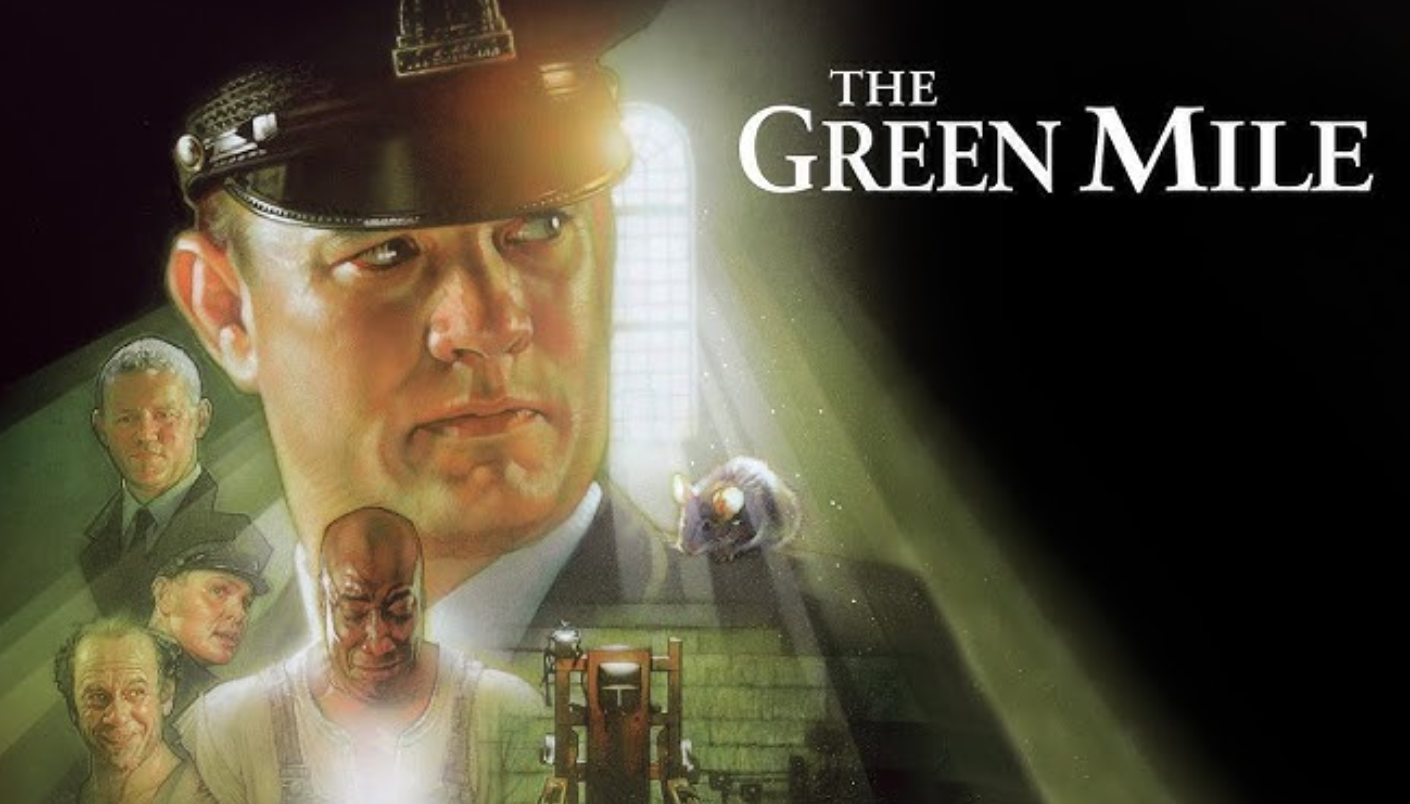
Director: Frank Darabont
Based on: Stephen King’s The Green Mile (1996)
Main Cast:
- Tom Hanks as Paul Edgecomb
- Michael Clarke Duncan as John Coffey
- David Morse as Brutus “Brutal” Howell
- Bonnie Hunt as Jan Edgecomb
- Sam Rockwell as “Wild Bill” Wharton
Plot Overview:
The Green Mile is a heart-wrenching story set during the 1930s in a Louisiana death row prison block known as “The Green Mile” due to the green linoleum floor. The film follows head prison guard Paul Edgecomb (Tom Hanks) as he encounters John Coffey (Michael Clarke Duncan), a massive but gentle inmate convicted of murdering two young girls. As the story unfolds, Paul and his team begin to realize that John possesses a mysterious gift—an extraordinary power to heal others. The film explores themes of innocence, redemption, and the consequences of injustice as Paul grapples with the moral implications of executing a man who may not only be innocent but also a miraculous healer.
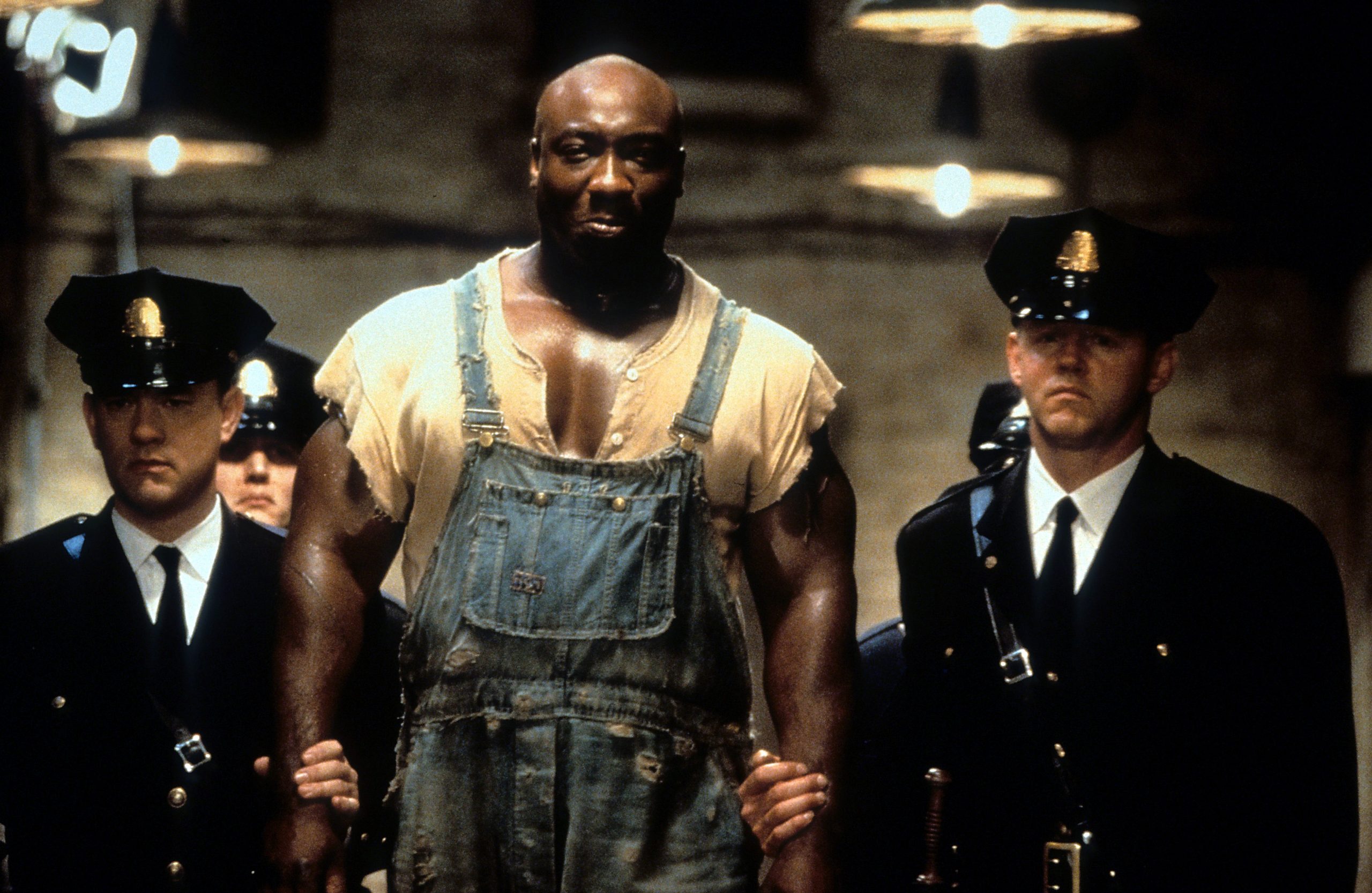
What to Expect from The Green Mile
- Tom Hanks’ Deeply Compassionate Performance:
- Hanks, as Paul Edgecomb, delivers a moving performance, embodying a man caught between his duty and his growing conviction that John Coffey is an innocent soul with miraculous powers. His quiet strength and internal struggle anchor the emotional core of the film.
- Michael Clarke Duncan’s Unforgettable John Coffey:
- Duncan’s portrayal of John Coffey is nothing short of remarkable. Despite his imposing stature, Duncan brings a sense of deep vulnerability, innocence, and otherworldly wisdom to the character. Coffey’s gentle demeanor and miraculous abilities create a striking contrast to the violent world of death row.
- Exploration of Life, Death, and Miracles:
- At its heart, The Green Mile is a meditation on life, death, and the inexplicable miracles that can occur even in the darkest places. Coffey’s supernatural abilities challenge the guards’ perception of justice and force them to confront the harsh reality of the death penalty.
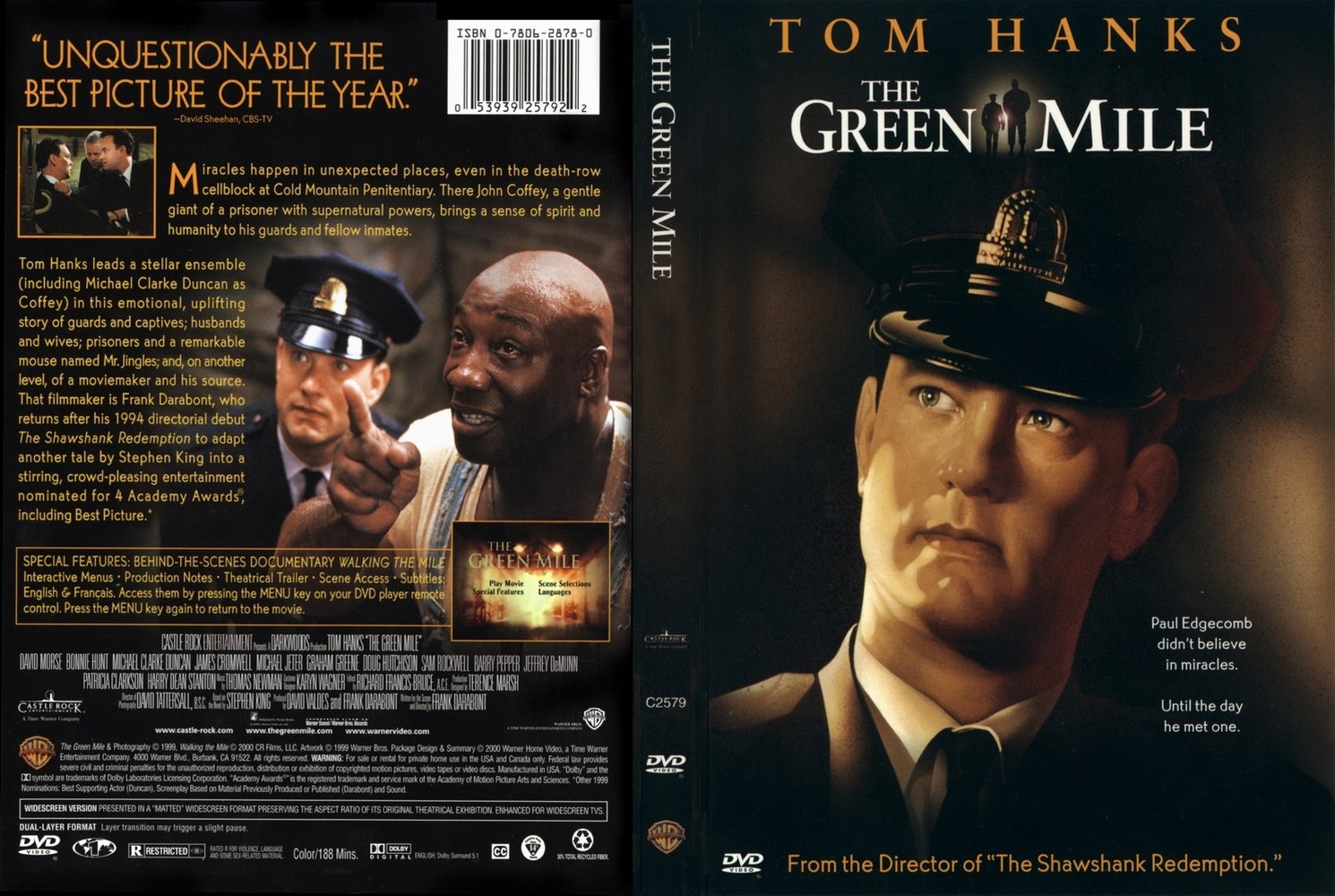
- A Reflection on Human Cruelty and Kindness:
- The film explores the full spectrum of human behavior, from the sadistic cruelty of prison guard Percy Wetmore (Doug Hutchison) and inmate “Wild Bill” Wharton (Sam Rockwell) to the kindness and decency shown by Paul and the other guards. These dynamics highlight the contrasts between good and evil, both within and outside the prison.
- Emotional Depth and Moral Dilemmas:
- The film poses profound moral questions, particularly surrounding the justice system and the death penalty. Paul’s growing belief in John’s innocence and his miraculous gifts lead to heart-wrenching choices, raising questions about fairness, humanity, and the unseen forces that shape our lives.
Cinematic Techniques and Design
- Narrative Structure:
- The story is told through flashbacks from an elderly Paul Edgecomb, giving the film a reflective, almost mythical quality. The use of an older Paul recounting his memories adds layers of nostalgia and melancholy, emphasizing the impact John Coffey’s presence had on Paul’s life.
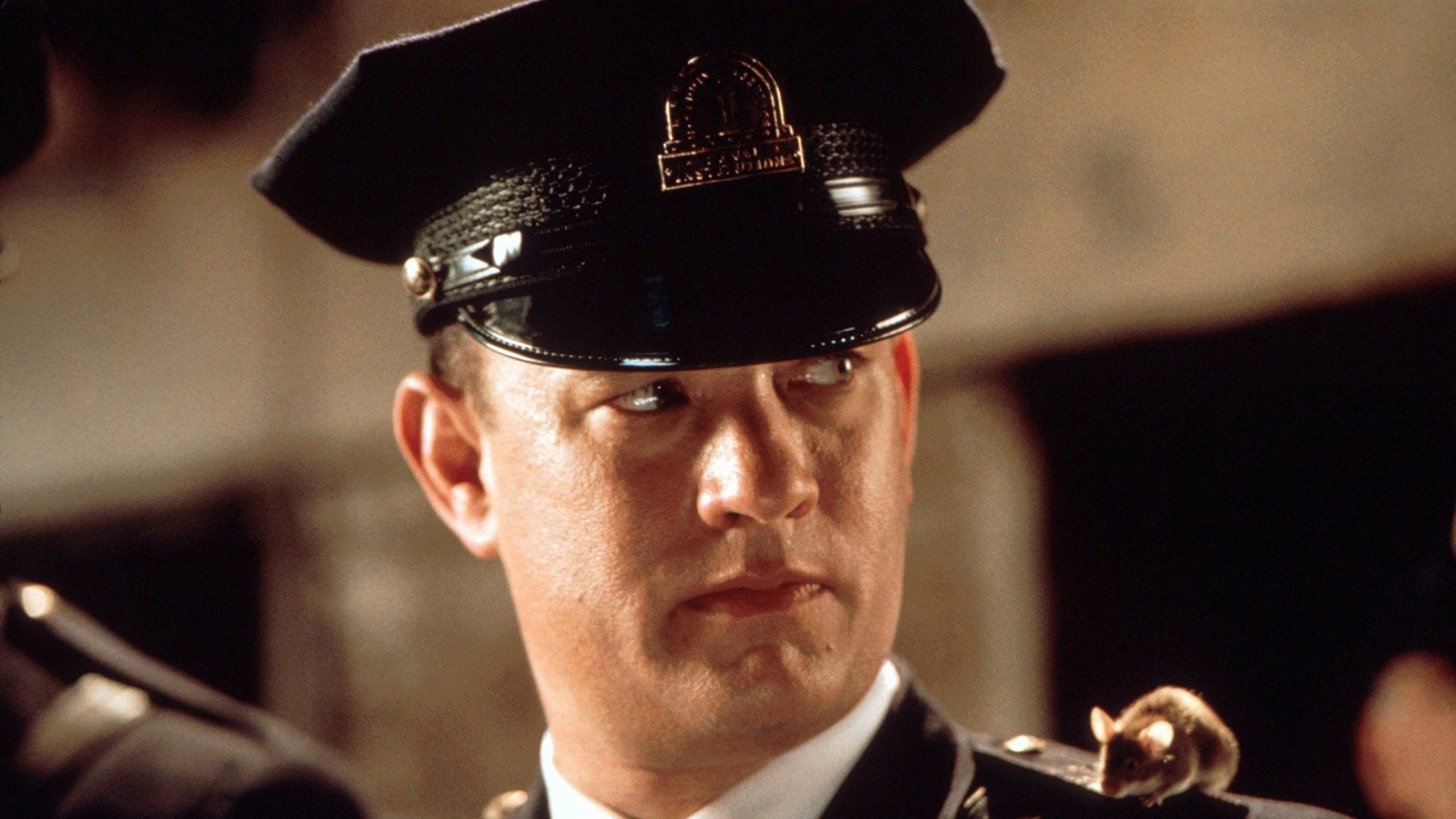
- Visuals and Symbolism:
- The “Green Mile” itself is symbolic—a long path toward death, colored green to represent hope and life, yet ending in execution. The contrast between the everyday routine of the prison and the extraordinary events that unfold creates a powerful visual and thematic juxtaposition.
- Frank Darabont’s Masterful Direction:
- Following his success with The Shawshank Redemption, Darabont once again adapts a Stephen King story with a masterful blend of drama, humanity, and supernatural elements. His ability to create tension, build emotional depth, and balance the film’s heavy themes with moments of hope is key to its lasting impact.
- A Haunting Score:
- Thomas Newman’s score perfectly complements the film’s tone, evoking both the bleakness of the setting and the emotional weight of the story. The music amplifies the film’s sense of quiet reflection, hope, and impending tragedy.
Legacy and Impact
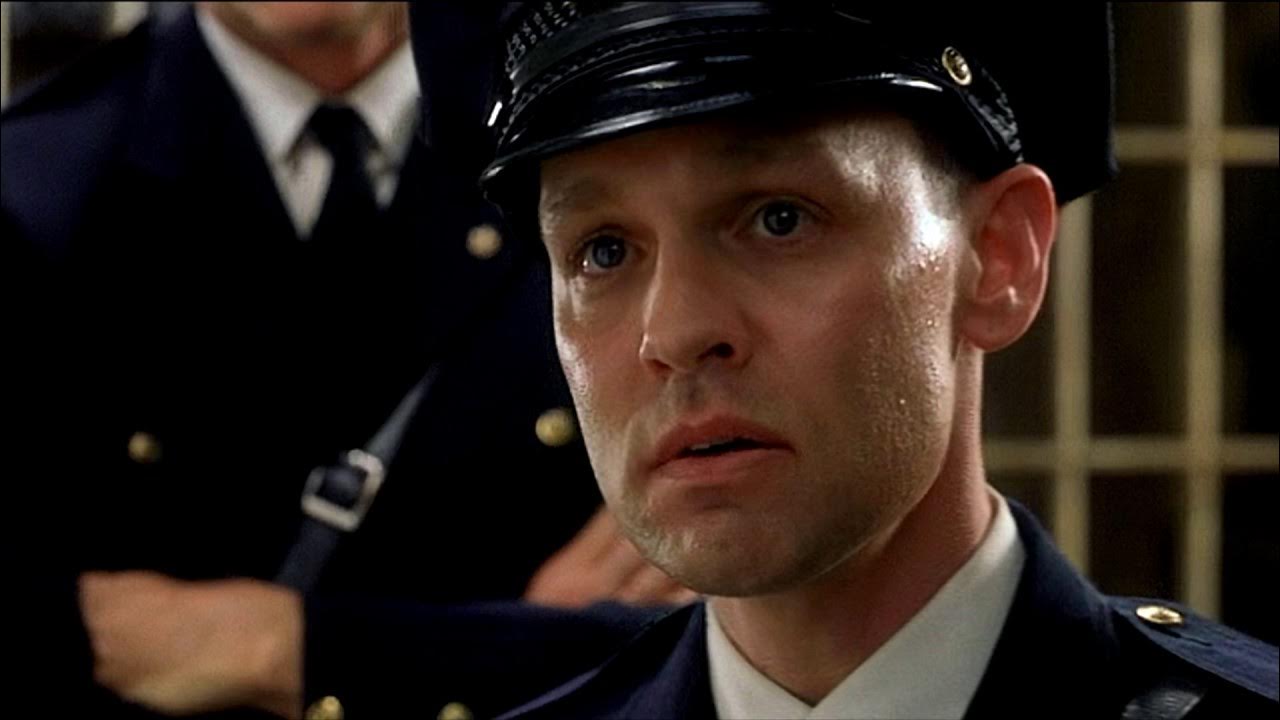
- Critical and Audience Acclaim:
- The Green Mile was met with widespread critical praise and garnered four Academy Award nominations, including Best Picture, Best Supporting Actor for Michael Clarke Duncan, and Best Adapted Screenplay. Audiences were deeply moved by its themes of compassion, forgiveness, and moral ambiguity.
- Themes of Redemption and Injustice:
- The film’s examination of redemption and injustice resonates long after the credits roll. Its portrayal of the death penalty, especially in the context of John Coffey’s innocence, serves as a powerful critique of the justice system, challenging viewers to reflect on the moral implications of capital punishment.
- Timeless Appeal:
- Like The Shawshank Redemption, The Green Mile has gained a timeless quality, with its themes of compassion, kindness, and the search for meaning in a cruel world making it a perennial favorite. Its deeply emotional and humanistic approach ensures it remains relevant across generations.
Conclusion
The Green Mile (1999) is a deeply affecting exploration of the human condition, morality, and the unexplainable miracles that can occur even in the darkest moments of life. With standout performances from Tom Hanks and Michael Clarke Duncan, the film delivers an unforgettable narrative that challenges viewers to reconsider notions of justice, punishment, and redemption. Its emotional depth, moral dilemmas, and supernatural elements make it a cinematic experience that leaves a lasting impression.
Suggested videos for you:
Suggested videos for you:
Suggested videos for you:
Suggested videos for you:











